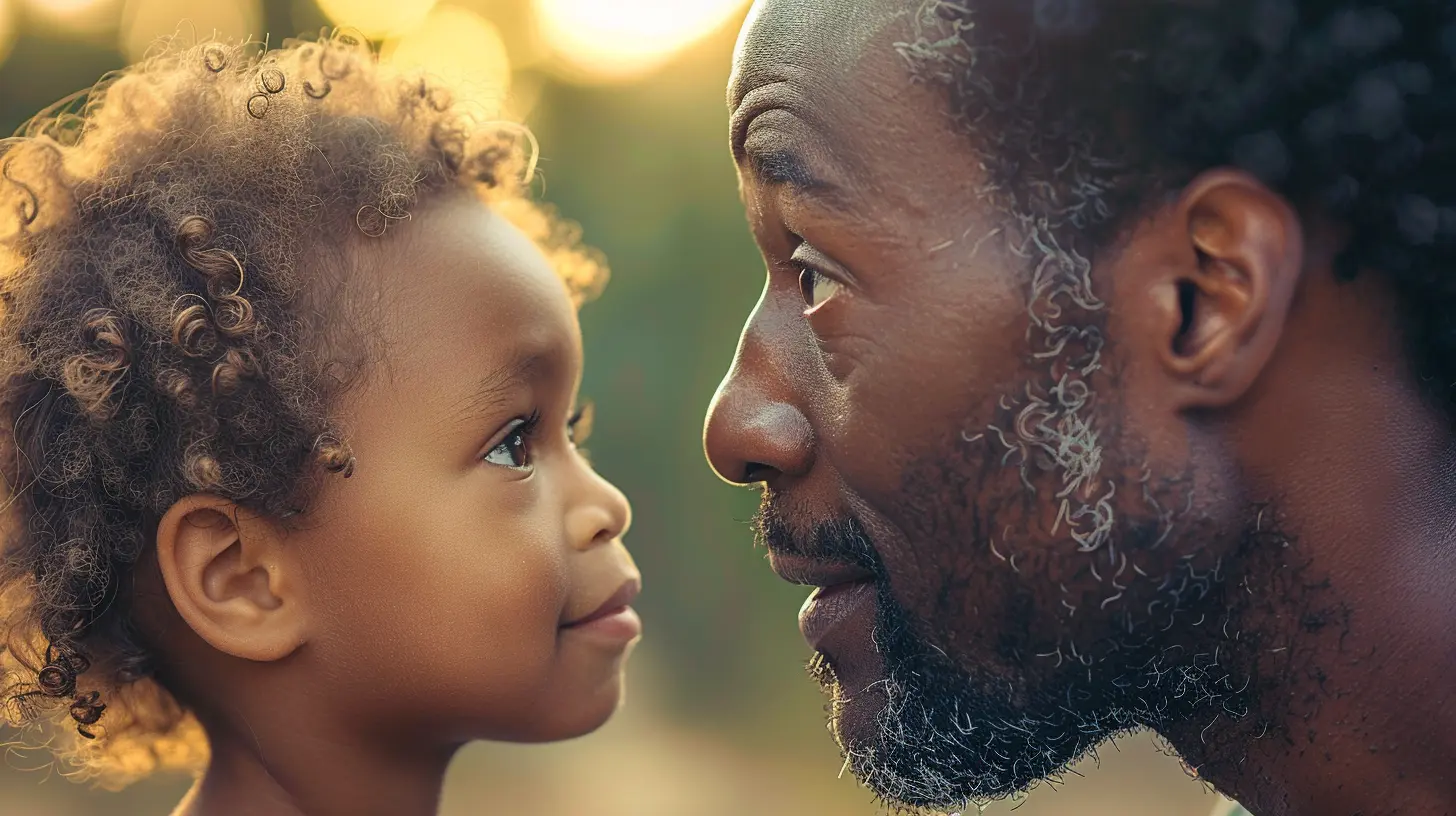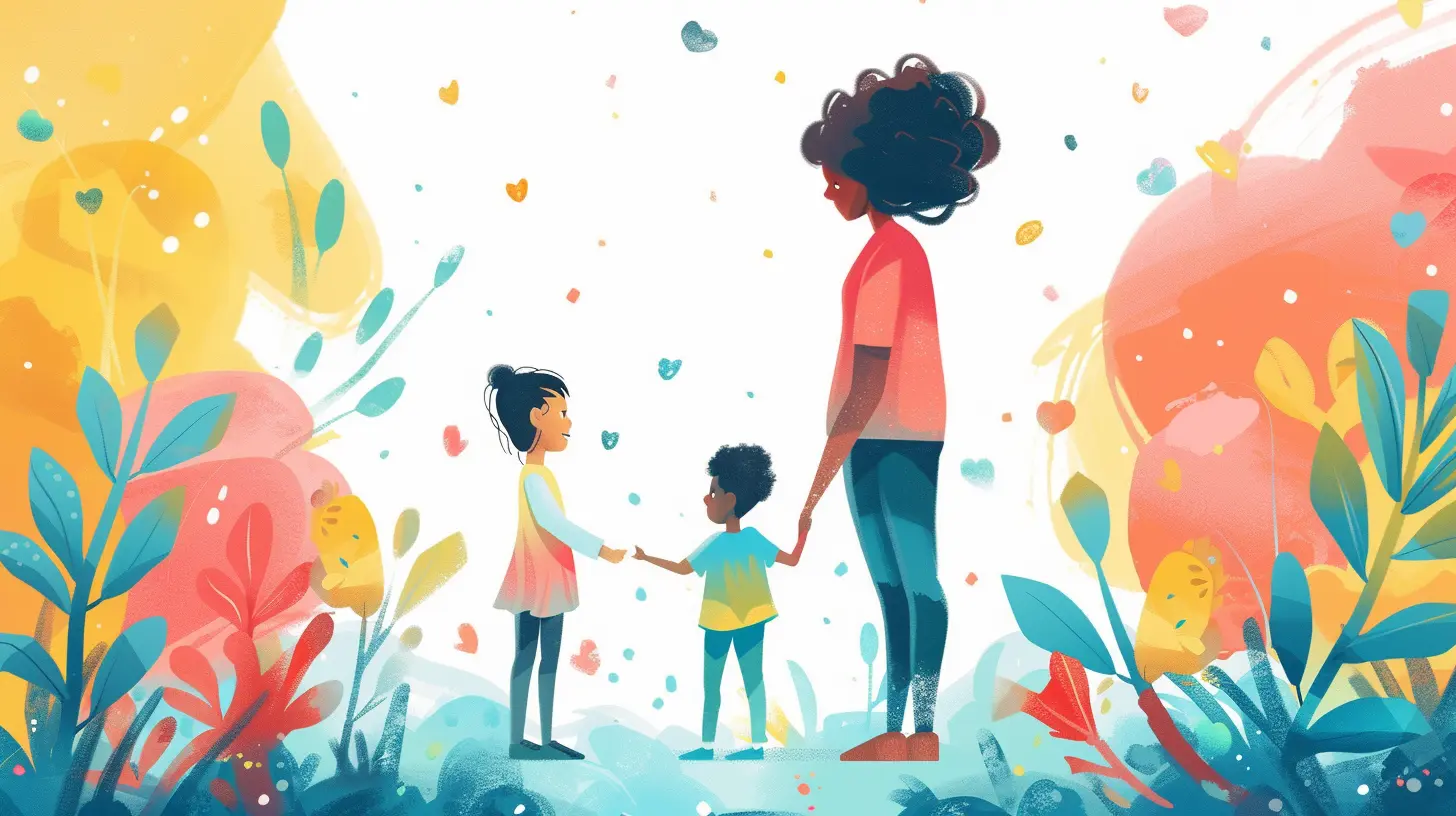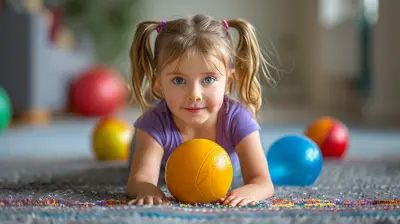How to Introduce Kids to Empathy at Every Age and Stage
22 June 2025
Raising kind, caring, and emotionally intelligent kids isn’t just a nice idea—it’s a parenting superpower. Kids aren’t born knowing how to walk in someone else’s shoes, but thankfully, empathy is something we can teach. And honestly? It’s one of the most important lessons we can offer.
So, how do we introduce empathy to children at different ages? Whether you’ve got a tantrum-prone toddler, an inquisitive grade-schooler, or a moody teen, we’ve got you covered. Let’s unpack how to nurture empathy in your child—one stage at a time.
What Is Empathy, Really?
Before we dive in, let’s get on the same page. Empathy isn’t just feeling sorry for someone else—it’s about feeling with them. It’s the ability to understand someone else’s feelings, to imagine what they’re going through, and to respond with care.Think of empathy like a muscle. Kids need to use it regularly to make it stronger. And just like learning to ride a bike or tie their shoes, kids need guidance and practice to master it.
Why Empathy Matters
Empathy helps kids:- Build stronger relationships
- Handle conflicts more peacefully
- Be kinder and more inclusive
- Grow into emotionally intelligent adults
In a world that can feel overwhelming and divided, raising empathetic kids is a quiet rebellion of goodness we all need.
Start Early: Empathy for Babies and Toddlers (Ages 0–3)
What’s Going On Emotionally?
Babies and toddlers are just starting to understand their own feelings, let alone someone else’s. But even at this early stage, we can lay the groundwork for empathy.How To Teach Empathy in Little Ones
- Name Their Emotions: “You’re feeling sad because your toy broke.” Labeling emotions helps kids begin to understand them.- Be Their Mirror: When your baby cries and you respond gently, that’s modeling empathy in action.
- Play Pretend: Even simple pretend play—like feeding a baby doll—gives toddlers a chance to consider others’ needs.
Remember, they won’t master empathy overnight. But those small, everyday interactions? They matter more than you think.
Preschoolers and Empathy (Ages 3–5)
What’s Going On Emotionally?
Preschoolers are hilarious, emotional, and wildly curious. They’re starting to see that others have feelings too—but they're still pretty self-focused. (Let’s be real: it’s not called the "me phase" for nothing.)How To Build Empathy With Preschoolers
- Use Storytime: Ask, “How do you think she feels?” after reading a page. Books are empathy goldmines.- Acknowledge Others’ Feelings: Point out emotions around them. “See how your friend looks sad? Maybe he needs a hug.”
- Set Clear Boundaries With Kindness: When they hurt someone, calmly explain. “We don’t hit. That hurts. How do you think your friend felt?”
Consistent conversations about feelings help kids start to connect the dots between actions and emotions.
Empathy Lessons for Early Elementary Kids (Ages 6–8)
Emotional Development at This Stage
Kids this age are becoming more social and aware of people around them. They’re asking big questions and noticing unfairness. This is prime time to really shape empathy.Ways to Teach Empathy Now
- Talk About Real-Life Situations: Discuss school events or news stories in kid-friendly ways. “That must have been really scary for those people. What could we do to help?”- Encourage Helping Behavior: Let them help a sibling, pack food donations, or make cards for a sick neighbor.
- Teach Active Listening: Show them how to really listen when someone is talking—eye contact, no interrupting, and reflecting back what they hear.
This stage is about expanding their understanding of the world—and practicing kindness in it.
Nurturing Empathy in Tweens (Ages 9–12)
What’s Changing Emotionally?
Tweens are riding the emotional rollercoaster of growing independence, intense friendships, and shifting identity. Empathy helps them navigate these choppy waters with more grace.Strategies for Empathy With Tweens
- Get Into Deeper Conversations: Ask what they think a friend might feel in certain situations. Validate their opinions—even when they differ.- Highlight Perspective-Taking: Play games like charades or role-play tricky scenarios. This helps them step outside their own shoes.
- Talk About Media and Messages: Shows, movies, or social media posts can spark great conversations about fairness, kindness, and peer pressure.
Remember, tweens may roll their eyes at your heartfelt chats—but trust me, they’re listening way more than they let on.
Encouraging Empathy in Teens (Ages 13+)
Teens and Emotional Growth
Teenagers are figuring out who they are, how they fit in, and what they stand for. They’re capable of deep empathy—but can also get stuck in their own world. Hormones and peer drama? Yep, they complicate things.How To Keep Empathy Alive in Teens
- Challenge Them With Real-World Issues: Talk about injustice, diversity, or mental health. Invite their opinion and keep the dialogue open.- Support Volunteerism: Helping at an animal shelter, tutoring younger kids, or community clean-ups are tangible empathy-builders.
- Model Imperfection and Humility: When you mess up, admit it. Show that empathy includes owning our impact on others.
- Encourage Journaling: Writing about their feelings or someone else’s experience builds self-awareness and compassion.
Teens may crave independence, but don’t let that fool you—they still need your leadership and example more than ever.
Modeling Empathy: The Parenting Key
Want to know the most powerful way to raise an empathetic kid? Be one.- Let Your Child See You Caring: Say kind things about others. Lend a hand at home. Show gratitude.
- Apologize and Reflect: “I snapped earlier. I was frustrated, but I shouldn’t have taken it out on you.”
- Talk Out Loud About Your Feelings and Observations: “That woman looked really upset. I wonder if she’s having a hard day.”
Your empathy becomes their blueprint.
The Role of Connection
Kids are more likely to grow in empathy when they feel emotionally connected. So keep those lines of communication wide open. Regular chats over dinner, bedtime check-ins, and even car rides can become seeds of understanding and compassion.Connection fuels empathy. The more your child feels seen, the more they can see others, too.
Mistakes and Missteps Are Part of the Process
Let’s be real—your child is going to mess up. They’re going to say the wrong thing, hurt someone’s feelings, or ignore someone else’s pain. That’s normal. Empathy isn’t a checkbox—it’s a lifelong lesson.What matters most is how we handle it. Instead of punishment or shame, try reflection.
Ask:
- “What happened?”
- “How do you think they felt?”
- “What could you do next time?”
This turns mistakes into meaningful growth moments.
Empathy Grows in Layers
Think of empathy like a garden. You plant seeds when they’re young, nurture them with daily care, and let each stage of life add a new layer. It’s not about one big “aha” moment—it’s the small, consistent moments that matter.Every age brings new challenges—but also new chances to grow this essential human skill.
Wrapping It Up: The Empathy Legacy
At the end of the day, teaching empathy isn’t just about helping your child be kinder—it’s about helping them be human. In a world that often rushes past feelings and difference, empathy invites them to slow down, pay attention, and respond with heart.And isn’t that the kind of legacy we want to leave?
So wherever your child is on their journey—whether they’re still babbling or starting high school—remember that each moment is a chance to add a little more kindness into their world. And by doing that, you’re adding a little more kindness into our world, too.
all images in this post were generated using AI tools
Category:
Teaching EmpathyAuthor:

Tara Henson
Discussion
rate this article
2 comments
Barbara Ellison
Teaching empathy early shapes compassionate adults; simple, everyday interactions can make a lasting impact.
November 18, 2025 at 3:24 PM

Tara Henson
Absolutely! Early lessons in empathy pave the way for compassionate adults, and those everyday interactions truly shape their understanding and connection with others.
Riven Whitley
Empathy is a gift we can nurture in our children from the very beginning. By modeling kindness and understanding, we empower them to connect with others deeply. Let’s create a generation that thrives on compassion and makes the world a better place!
July 1, 2025 at 3:43 PM

Tara Henson
Absolutely! By modeling empathy and kindness, we pave the way for our children to build meaningful connections and foster a more compassionate world.


